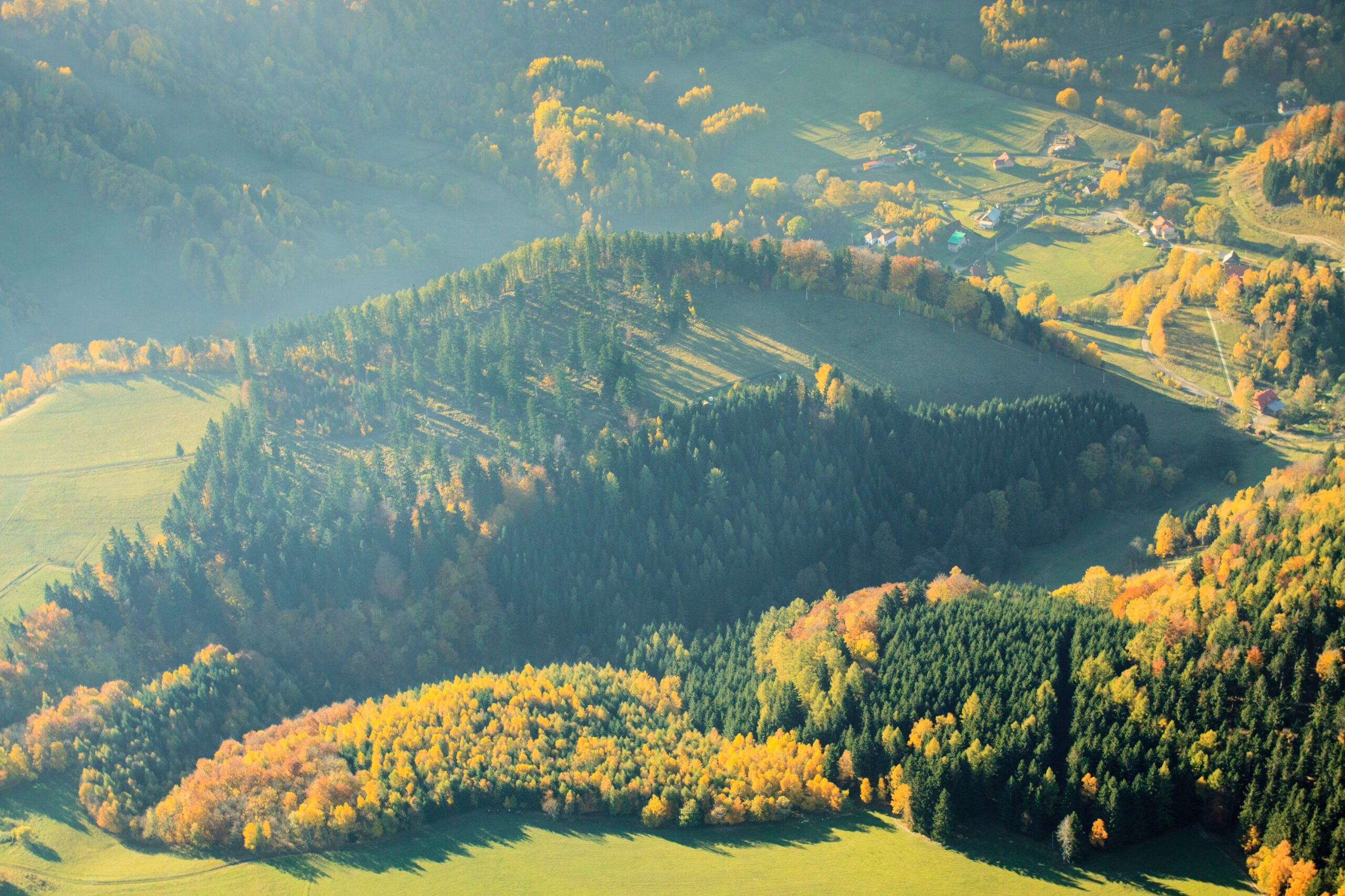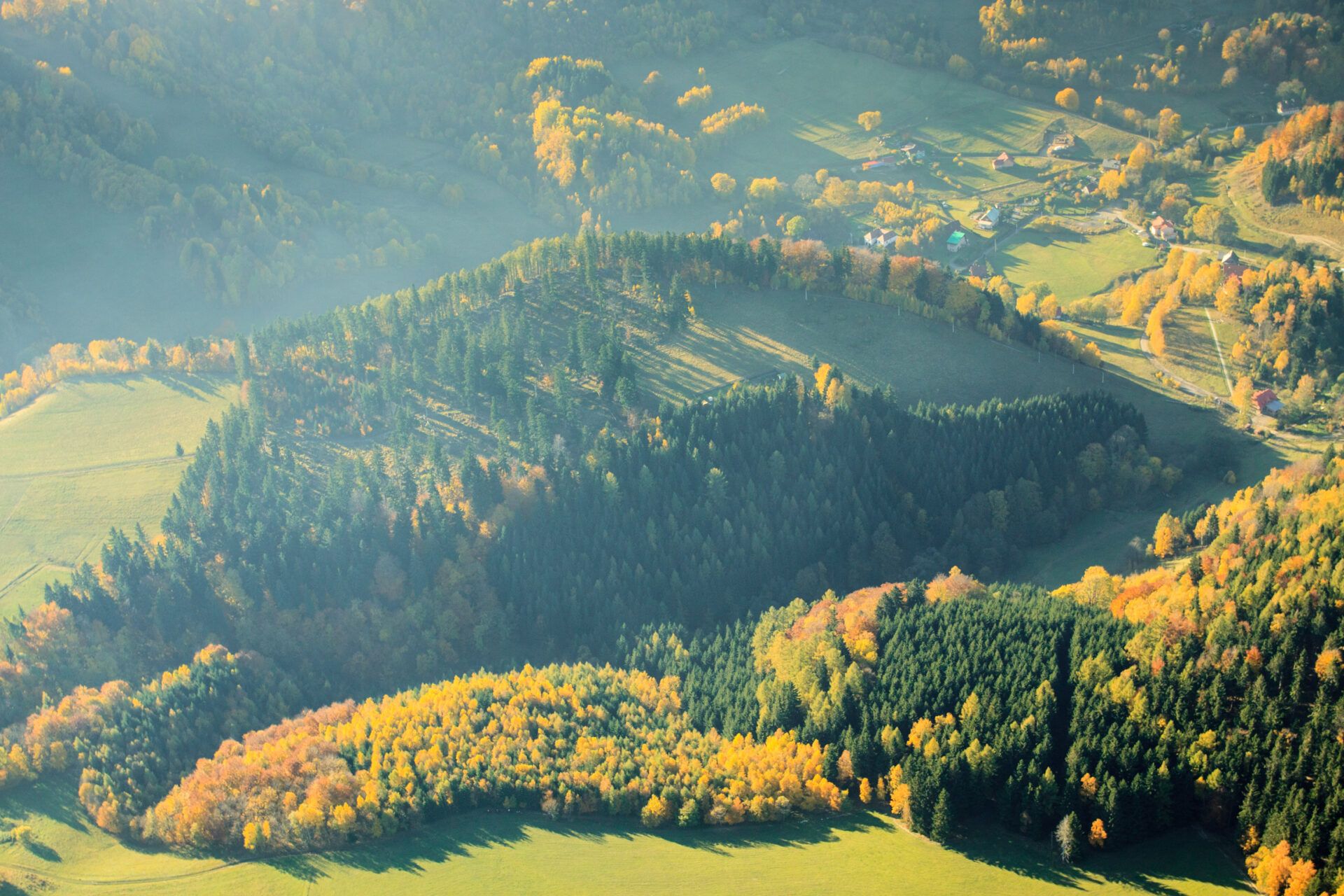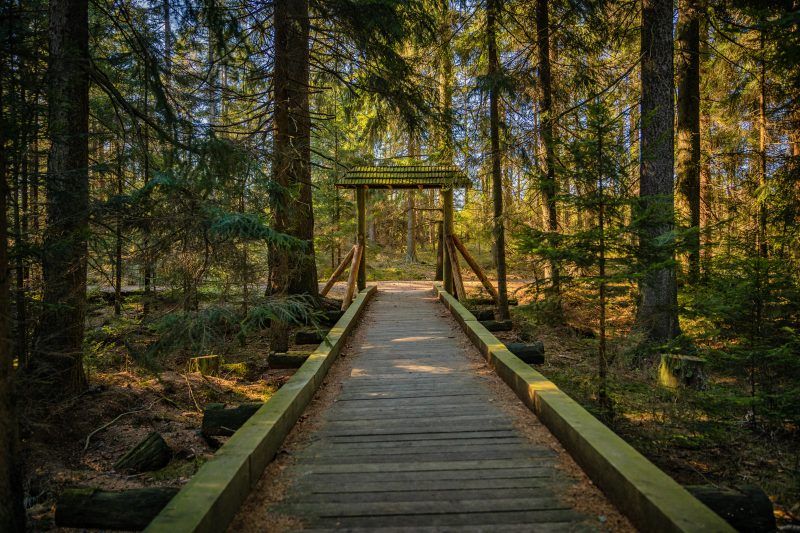Szukaj

Torfowisko pod Zieleńcem, fot. Kacper Dondziak
Torfowisko pod Zieleńcem

Szczytna
Galeria

Torfowisko pod Zieleńcem, fot. Kacper Dondziak
1
Torfowisko pod Zieleńcem, fot. Szymon Bialic
1
Torfowisko pod Zieleńcem, fot. Szymon Bialic
1
Torfowisko pod Zieleńcem, fot. Szymon Bialic
1
Torfowisko pod Zieleńcem, fot. Szymon Bialic
1
Torfowisko pod Zieleńcem, fot. Szymon Bialic
1
Torfowisko pod Zieleńcem, fot. Szymon Bialic
1

